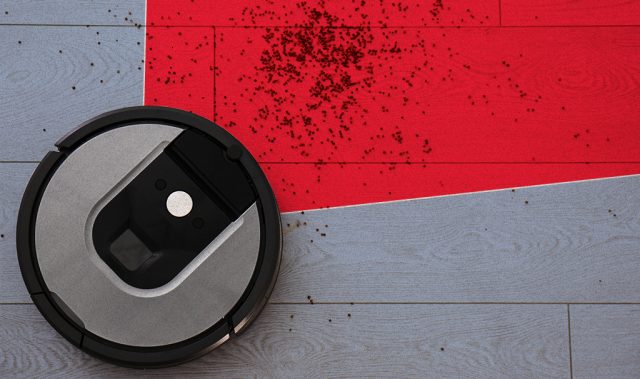
AsianScientist (Jan. 16, 2018) – Geckos are known for their tremendously useful ability to scale walls and transverse ceilings. Now, scientists from Singapore have developed a dry adhesive that mimics the gecko’s gravity-defying tricks.
Geckos can scale walls because of their unique toe pads that help them quickly attach to and detach from various surfaces. Their toe pads are covered with thousands of fine, hair-like structures of a stiff material called keratin, which give them their adhesive quality. These microscopic structures branch out at the tips into even smaller structures that make millions of contact points with a surface.
Dry adhesives that were developed previously suffer from a number of limitations: some methods damage the first layer as successive layers are applied, while other methods are not easily scaled up.
In search of a dry adhesive that is not only ultra-sticky but also simple to fabricate in large batches, Dr. Hemant Kumar Raut and colleagues from the Singapore University of Technology and Design used a nano-imprinting technique to build web-like layers from stiff polycarbonate.
To prevent damage to the first layer, the team used a sacrificial layer, which was dissolved away after the second layer was applied. In repetitive attachment and detachment tests, the researchers observed only a 20 percent decline in stickiness after 50 cycles. This level of adhesion lasted for up to 200 cycles.
According to the researchers, their film’s adhesive strength is comparable to that of a gecko. They say that their method is cost-effective, easy to perform and scalable. To demonstrate the film’s adhesive strength, the team placed the film on the feet of a miniature robot, which moved with ease up a 30-degree incline.
The article can be found at: Raut et al. (2017) Gecko-Inspired Dry Adhesive Based on Micro–Nanoscale Hierarchical Arrays for Application in Climbing Devices.
———
Source: American Chemical Society; Photo: Pixabay.
Disclaimer: This article does not necessarily reflect the views of AsianScientist or its staff.












